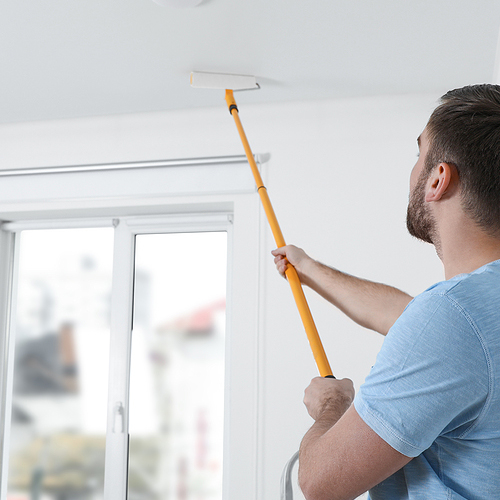Caulking has a timeframe to work with. Even so, it doesn't last forever and will break down as time passes. Once faltering begins, repair the joint to prevent damage to your home. Different kinds of caulking are available for various locations in your home. In advance of purchasing your caulking, do some research beforehand:
How To Apply
Some caulking is straightforward to apply and only requires water to clean up afterward. Some kinds of caulking will need to be cleaned with solvents. It is common for some caulking items to emit a strong, noxious odor and gases while they cure. Be sure to function in a well-ventilated location.
Materials:
Check the label to be certain the type of caulking you choose will stick to the material and location you are employing it for.
Paintable:
Many caulking treatments can successfully be embellished once they have cured, but various ones cannot. Check your merchandise label.
Will This Be Used In A High-Moisture Location?
In wet locations such as around the sink, tub, or toilet, select a caulking product that is resistant to mildew and water.
Location Matters
For exterior projects, select caulking that can handle the weather by being flexible during the thawing and freezing processes.
Will I Require A High Heat Formulation?
Climate is a factor for specific caulking products as some sorts do not withstand temperature changes. Some caulks must to be applied in warm weather or at a certain temperature for sufficient curing.
There are different varieties of unique caulking items available. Homeowner projects rely on some popular caulking products including:
Which Applications Is Butyl Rubber Caulking Suitable For?
This caulk is designed to be a water-resistant sealant for brick, metal and concrete designs. It is capable to become painted once cured. This product remains bendable and is suitable for expanding locations like gutters and roof flashing. However, it does call for solvents for cleaning and is sloppy to handle.
Where Do I Use Silicone Caulking?
Silicone is perfect for non-porous areas including glass, metal and ceramic tile. This is not the caulk you wish to use with any porous surface including timber or brickwork items. Silicone caulking is available in clear or a variety of colors therefore it can’t be painted on. Silicone stays flexible after it has dried and nothing will stick to cured silicone...including extra silicone. This product is hard to repair and difficult to remove because it leaves a residual film. Capable of being applied in almost any temperature, silicone is widely used. Silicone does emit a strong odor during curing and needs solvents for proper cleanup.
Do I Need Specific Caulk For Kitchen and Bath?
Silicone is ideal for moisture-laden locations and is formulated accordingly. It is great for sealing around tubs and kitchen sinks. It needs to totally dry before it can get wet. Silicone caulking comes in many colours and resists mold and mildew. Soap and water for simple cleanup.
All About Acrylic Latex Caulk
This type of caulking can be used for sealing doors, house windows and moldings both externally and internally. The temperature has to be forty degrees F or higher while curing. This material comes in numerous colors and can be painted on once cured. Once it cures completely, it is water and mildew-resistant. Before being exposed to moisture, it needs to be dried completely. This caulk is not difficult to apply; however, it isn't as adjustable as silicone or butyl rubber. Acrylic simply requires water for easy cleanup.
For optimum results, use a caulking gun to ensure even distribution. There are more compact hand tubes available for small projects. If you are filling large gaps around window and door frames, count on pressurized cans of caulking specific for these applications. Check the square footage calculations on the caulking to be sure you find the correct amount.




